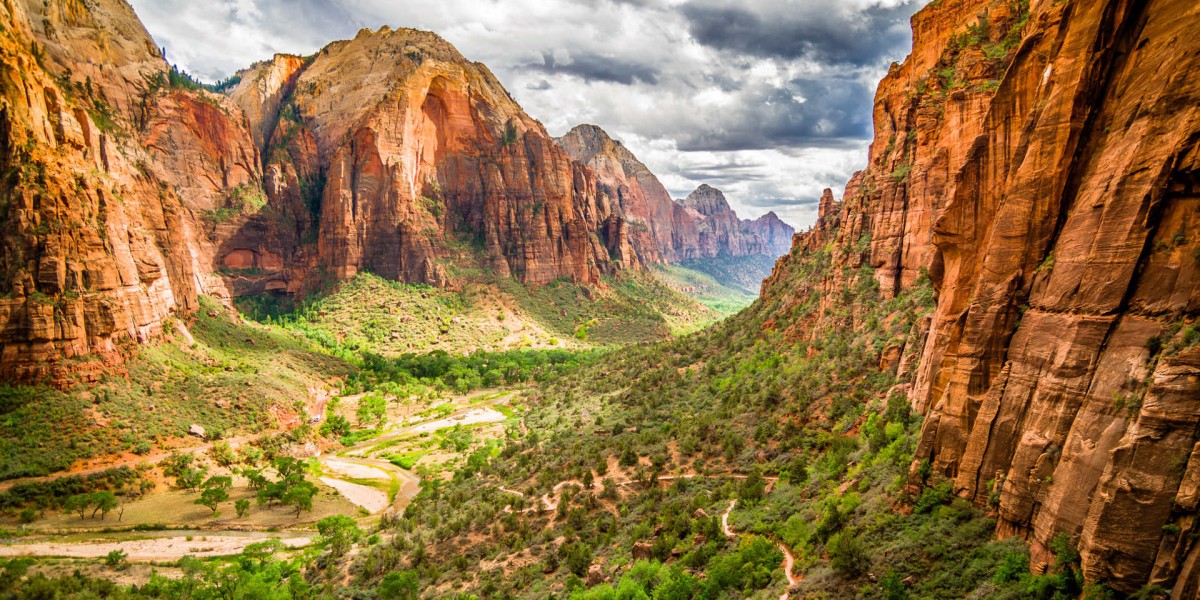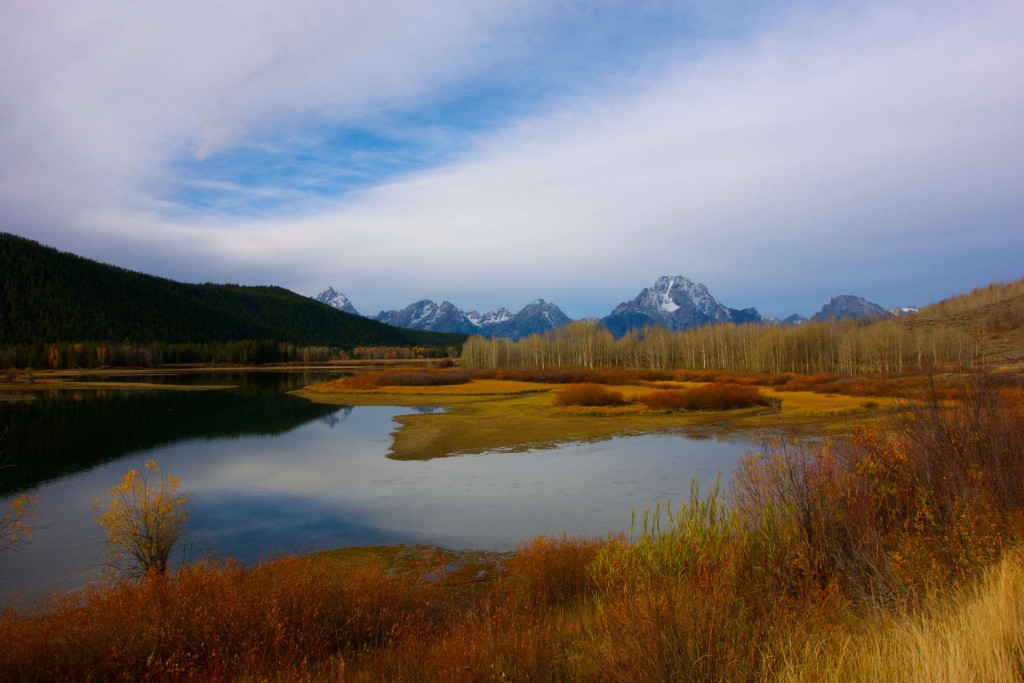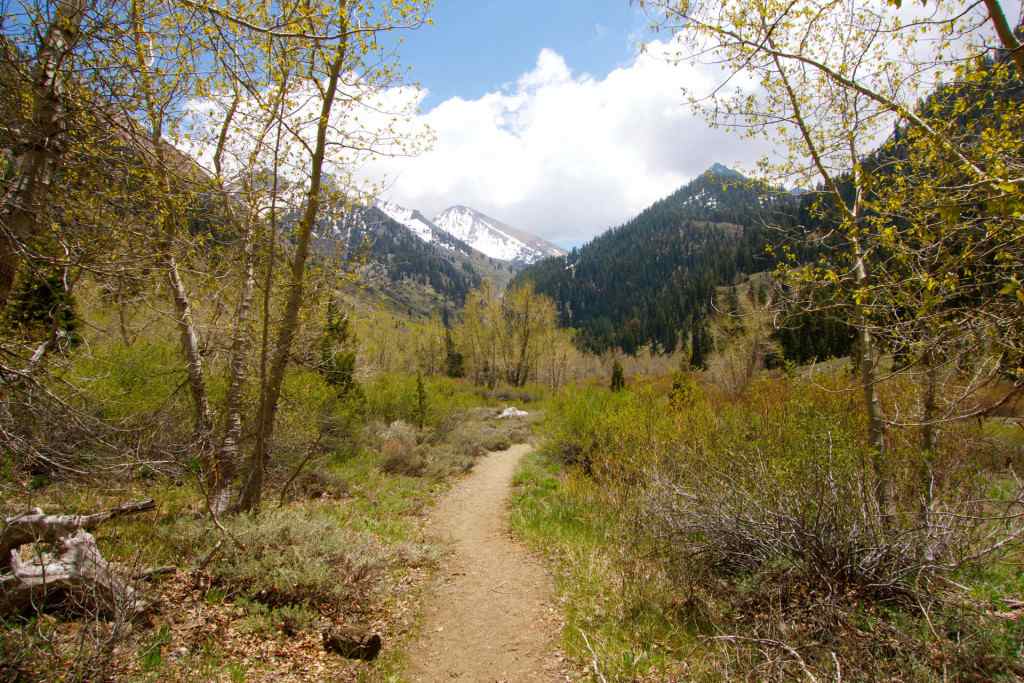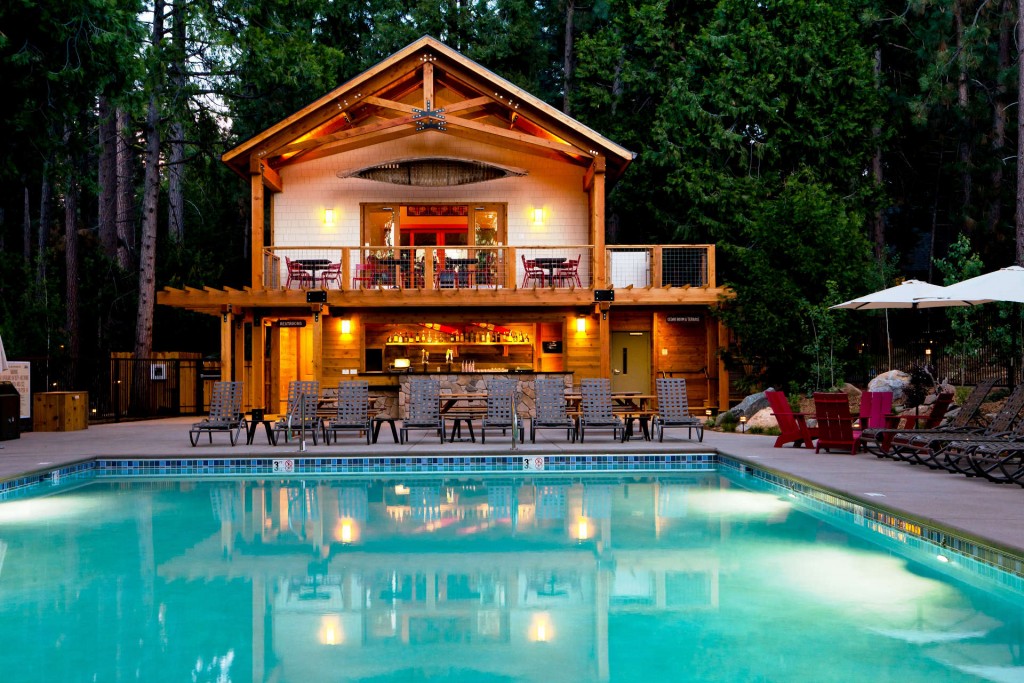
5 Key Tactics for Visiting U.S. National Parks
From the Everglades in Florida to Gates of the Arctic in Alaska and covering nearly 52 million acres, America’s national parks are one of its greatest treasures. Here are some tips to help you make the most of your visit:
Consider the Shoulder Seasons
This July nearly a million tourists visited Yellowstone and needless to say with this many people things can start to feel a little crowded. If you can, avoid the high season and time your visit for some time either side, often in spring and fall. Not only will there be fewer crowds but these ‘shoulder’ seasons can often be the best time to see wildlife, wildflower blooms, fall colors or tumbling waterfalls. On the flip side, be sure to check when high roads and passes open in the spring as the snow can keep roads closed as late as early July at high elevation. If you’re feeling adventurous, visiting in the winter under a carpet of snow can be a magical experience and opens up a whole new range of possibilities from dog sledding and snowshoeing to prime wolf viewing.

Fall in the Tetons can bringing beautiful colors, fewer people and rutting elk.
Spend Time with a Guide
There is nothing like the feeling of discovering a hidden waterfall yourself or having an early morning wildlife encounter with nobody else in sight but there can be some huge benefits to spending at least some of your time with an experienced guide. Whether it’s a naturalist, astronomer or rock climbing guide, seeing things through their eyes can be the highlight of your national park visit. We work with some of the best private guides in the business as well as veteran park rangers working for the non-profit park conservancies.
Related: Wolves, Wildfire, and Water
(We talk to Amangani’s Activities Director about the hot topics in The West)
Hit the Trails
It is amazing the number of times we’ve visited a major attraction or viewpoint in a national park to find it a scrum of people, only to walk 500 yards around the corner and find yourself alone with just nature for company. You don’t need to be Scott Jurek to visit the parks but these places are not meant to be enjoyed from behind the wheel of a car and it really pays to hit the trails. For example, heading up to Angels Landing in Zion or down South Kaibab Trail at the Grand Canyon gives you an entirely different perspective and really brings to life the incredible scale of these places.

Win the Accommodation Game
This is the million dollar question and can make or break your visit to a U.S. national park. There is rarely the ‘perfect’ place and you’ll need to be willing to make some tradeoffs based on what you want to get out of your time. Most of the larger national parks have at least one and sometimes many more accommodation options inside the park, ranging from tented camps to the splendor of historic lodges like the Ahwahnee, Many Glacier or El Tovar. The obvious upside here is location, you’re actually inside the park. However, almost all are run by a single company in each park and demand is extremely high meaning they can be expensive for what you get. We’ve found that a great strategy is to work with smaller properties, including private homes and cabins, on the fringes of the park that are located in such a way as to minimize driving time but optimize the experience. Evergreen Lodge on the edge of Yosemite is a rare example of a place that ticks all the boxes. Regardless of where you stay, booking well in advance is key.

Evergreen Lodge is the perfect place to relax after a long day exploring Yosemite
Look Beyond the National Parks
While visiting America’s national parks can be a highlight, don’t overlook the host of other protected areas throughout the U.S. that have so much to offer. State Parks, National Forests, Wilderness Areas, National Monuments and Conservation Areas are all managed by a bewildering array of agencies and each has a different purpose but all represent unique and beautiful places. If you are looking to get into the wild, these areas are often more remote, have less infrastructure, and offer countless possibilities for adventure. Areas like the Frank Church Wilderness in Idaho and Grand Staircase-Escalante National Monument in Utah are among the largest, least populated and wildest areas in the country. They often sit along the borders of a national park, for example the Ansel Adams Wilderness can make a great side trip from Yosemite and the national forest areas surrounding Grand Teton National Park are home to some of our favorite hikes.
(All Roads North works with the very best guides and has access to a range of accommodation options that allows us to craft a truly unique and tailored national park experience. Get in touch to speak with one of our area specialists.)
